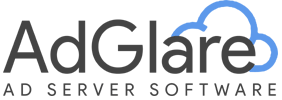Knowledge Base
Learn things about ad servers.
Guides, HowTos, Explanations, Best Practices and more.
Good To Know7 min read
Revive vs AdGlare
Good To Know6 min read
The Importance of Async Ad Tags
Good To Know9 min read
Ad Server Pricing
Native Ads7 min read
Native Ads API
Targeting6 min read
Frequency Capping (GDPR)
Targeting4 min read
Keyword Targeting
